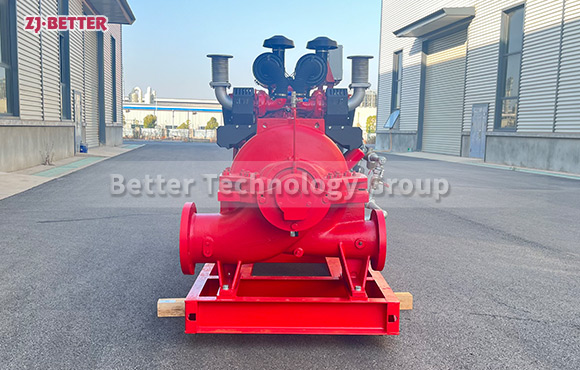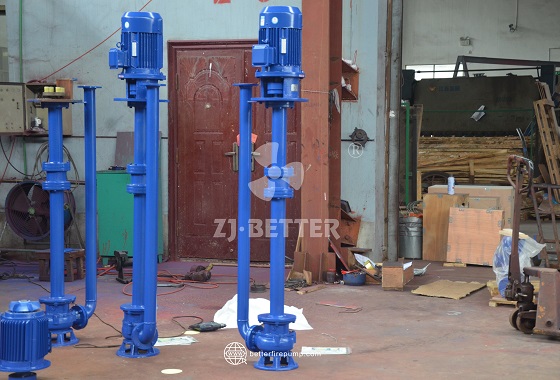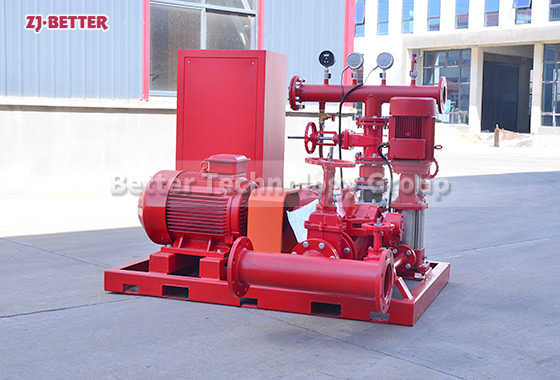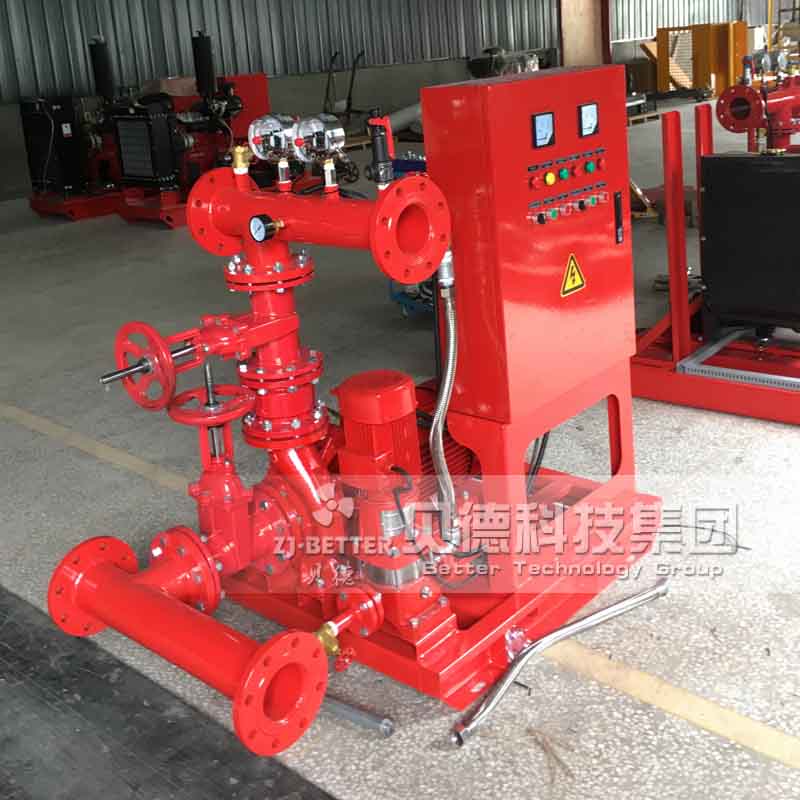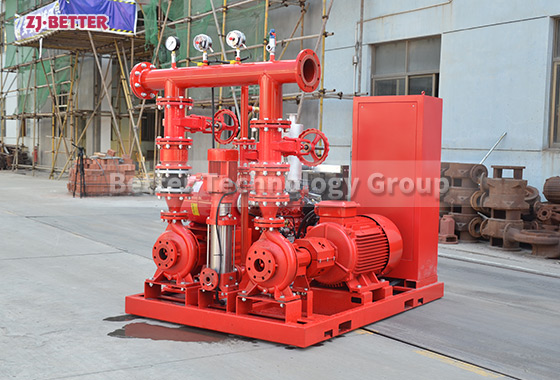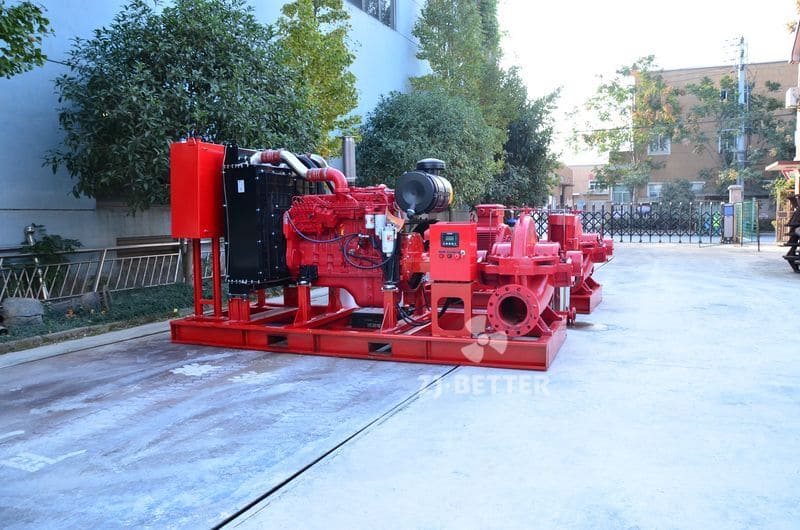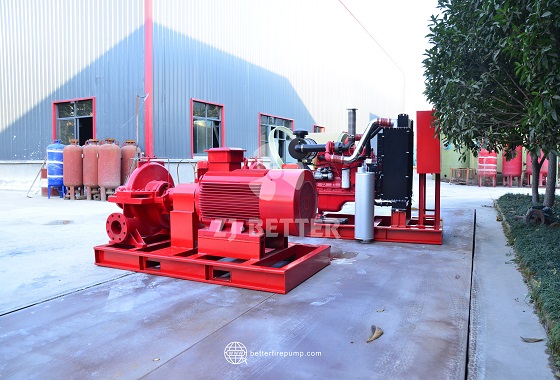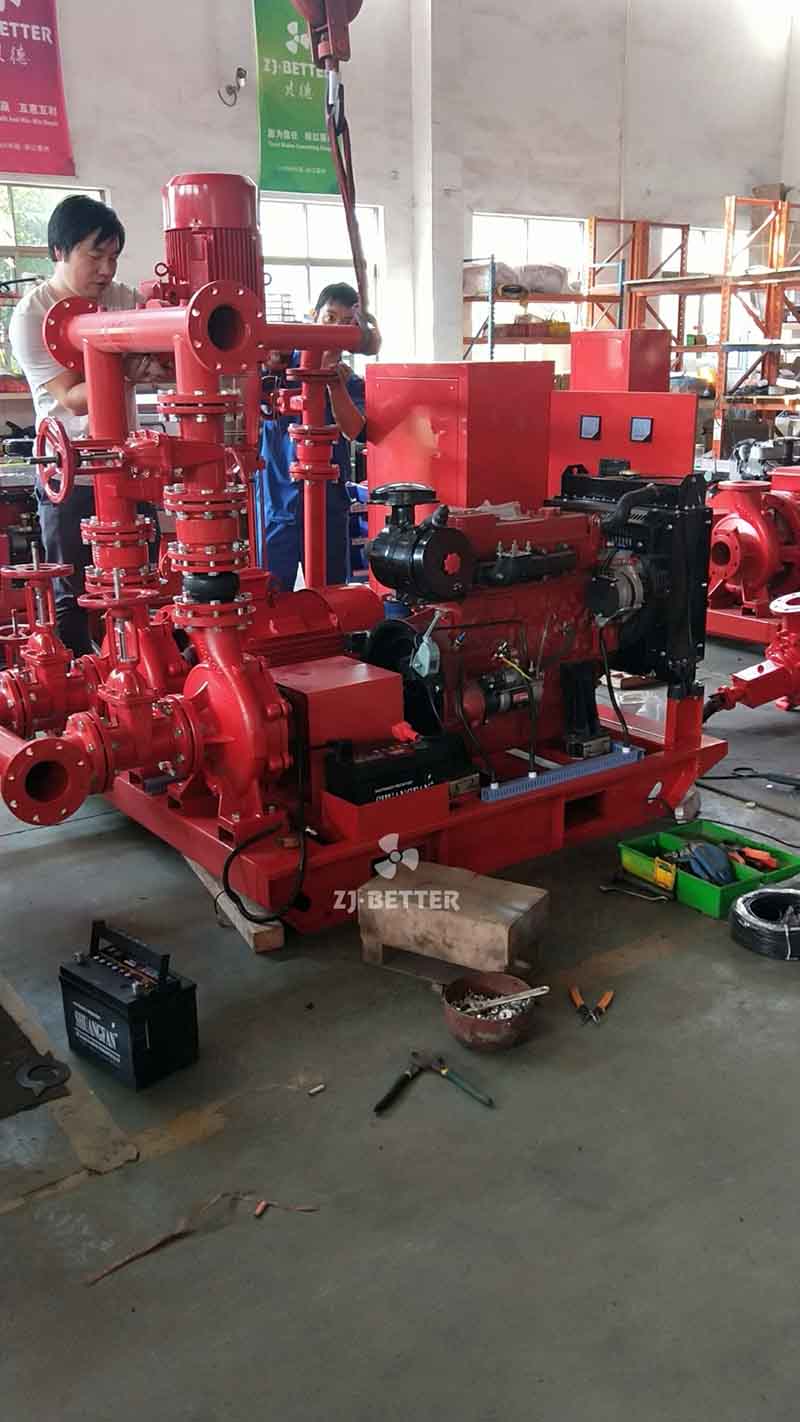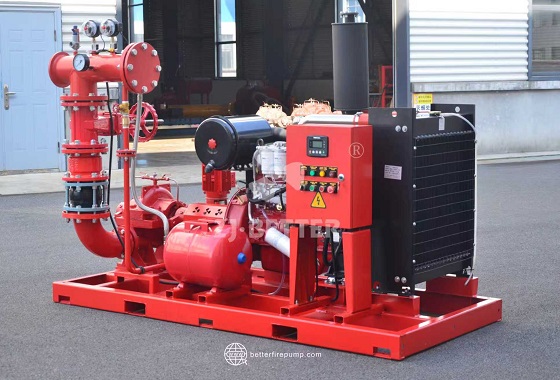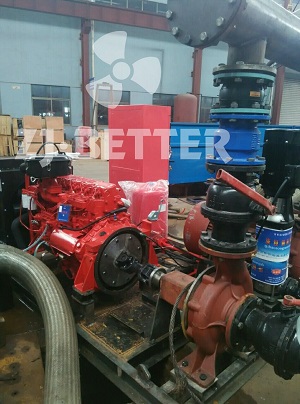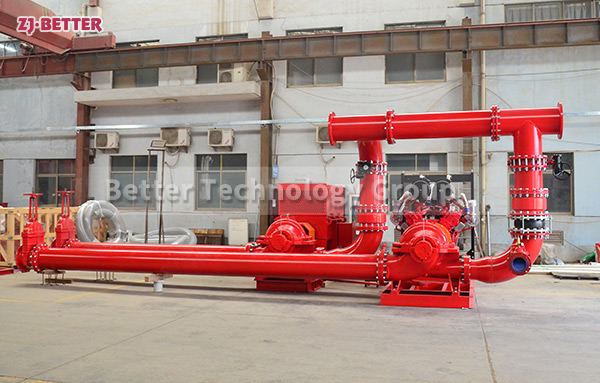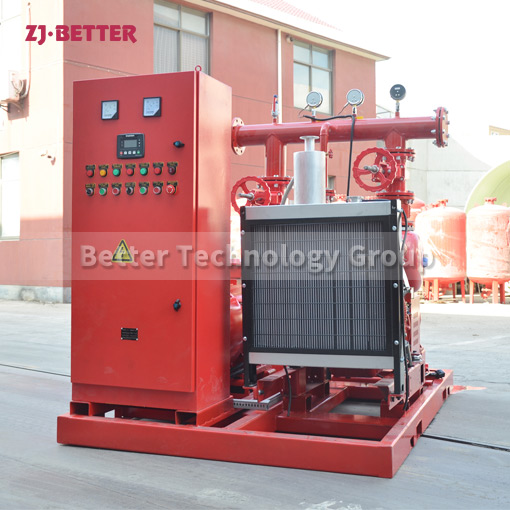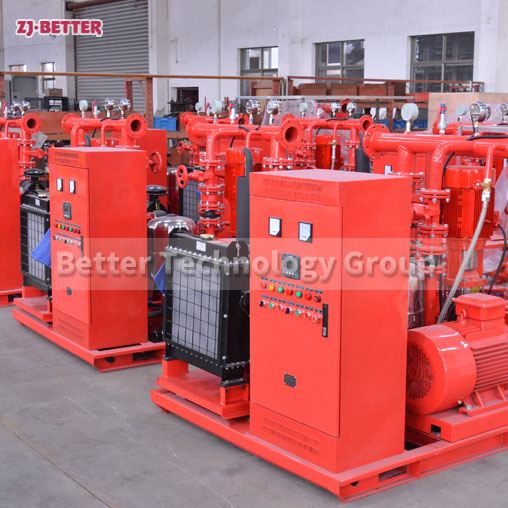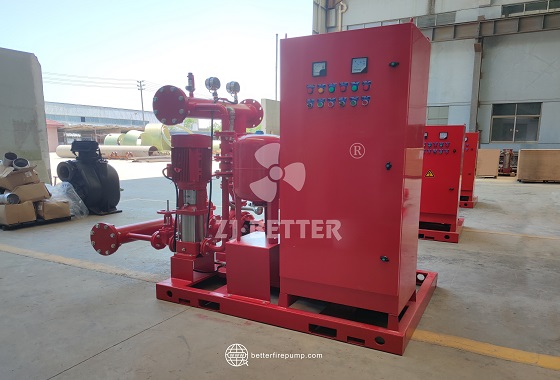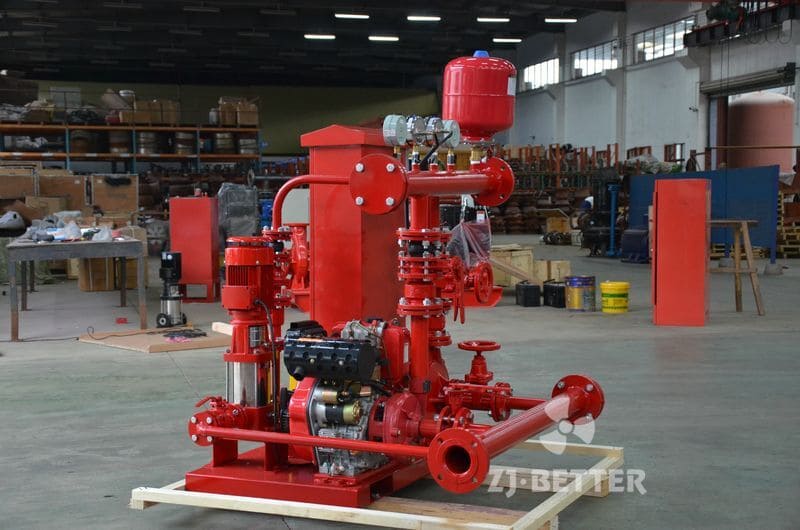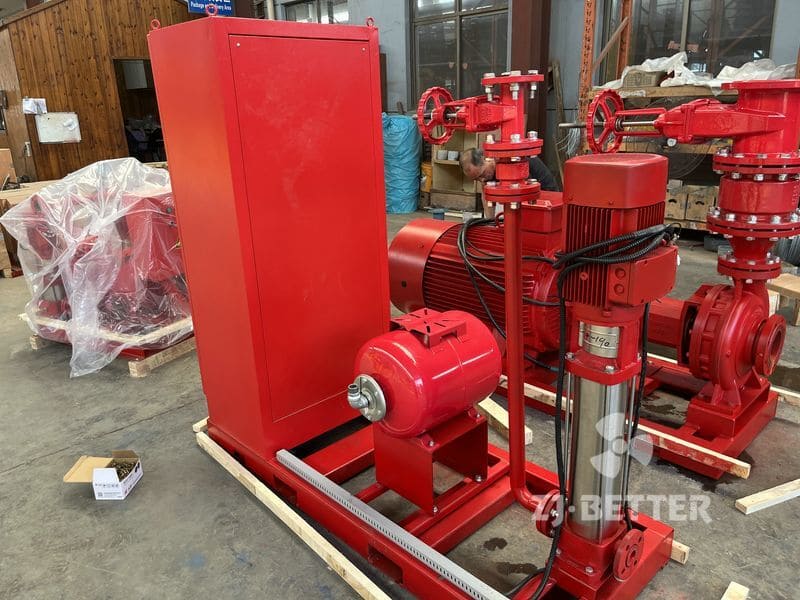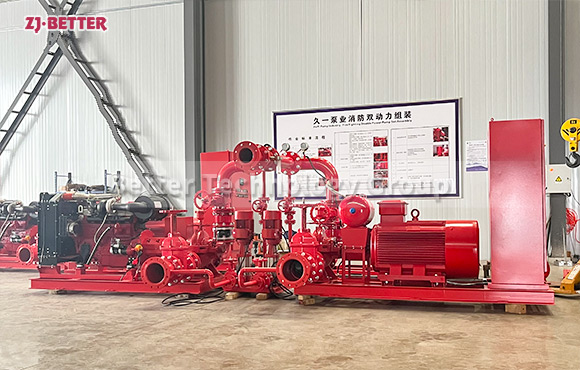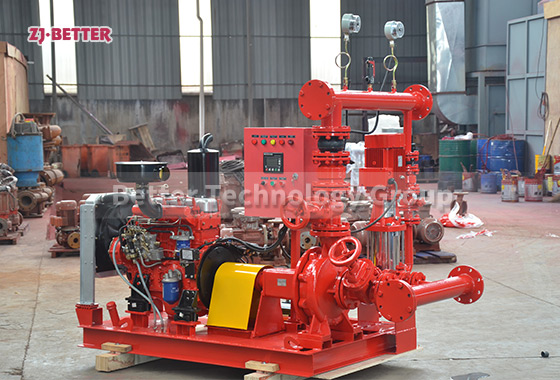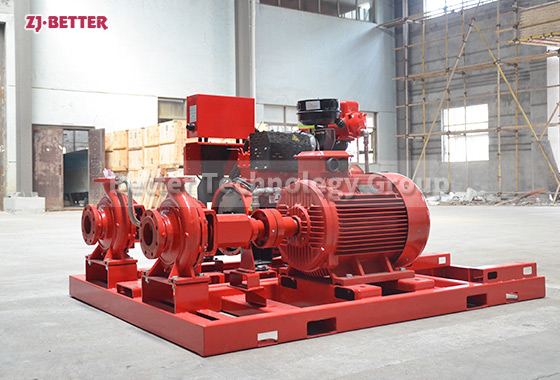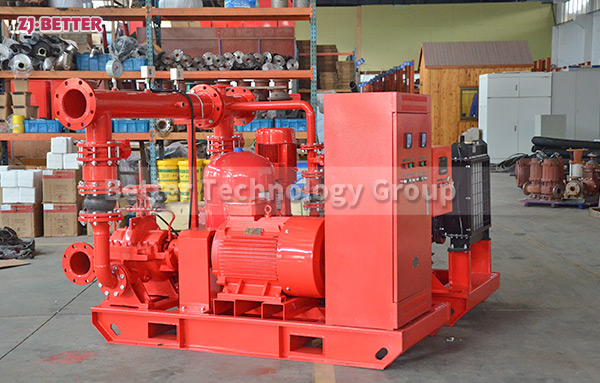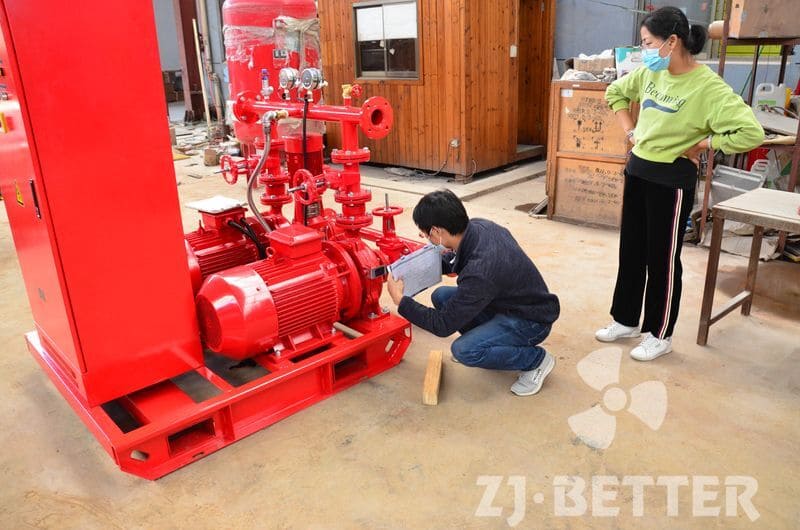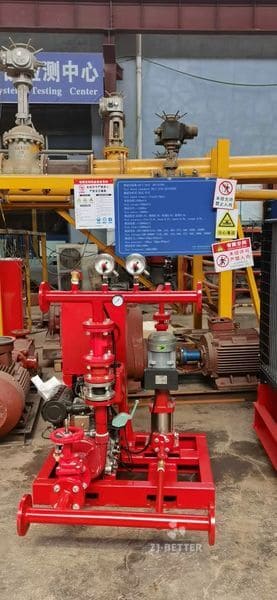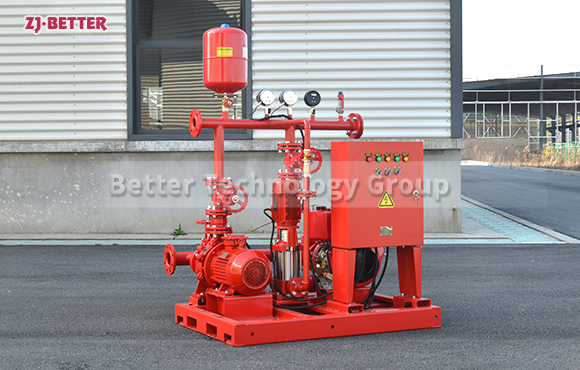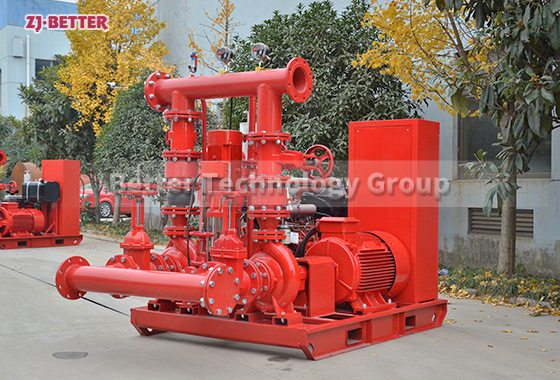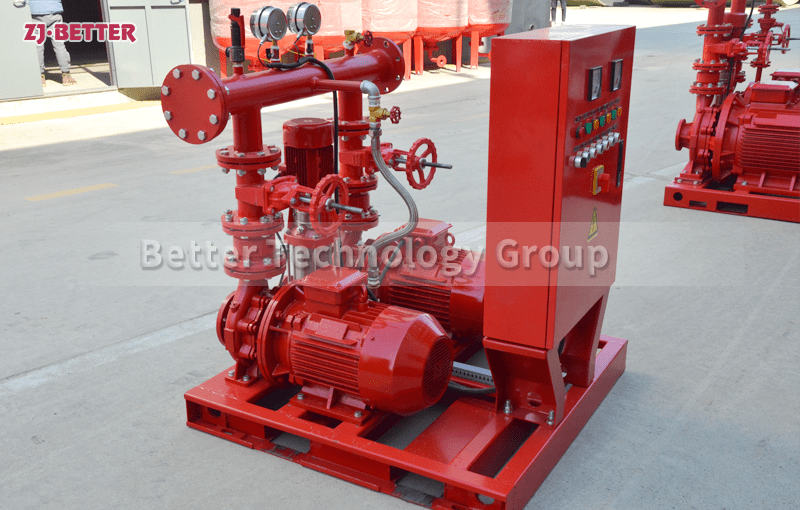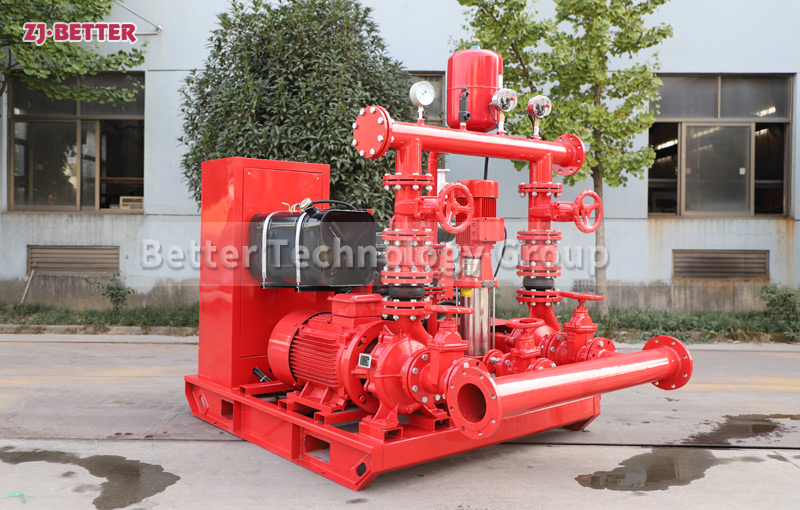Home » Fire Pump Set » How do you manage the lifecycle of fire pump systems?
How do you manage the lifecycle of fire pump systems?
Lifecycle management involves:
Regular Maintenance: Implement a scheduled maintenance program to keep the pump in optimal condition.
Upgrades and Retrofits: Upgrade or retrofit components as technology advances or as system requirements change.
End-of-Life Planning: Plan for the eventual replacement of the pump system, ensuring minimal disruption to fire protection coverage.
Performance Monitoring: Continuously monitor performance to identify when parts or the entire system need replacement or overhaul.
Contact US
Get Price
Share:
Content
- Lifecycle management involves:
- Regular Maintenance: Implement a scheduled maintenance program to keep the pump in optimal condition.
- Upgrades and Retrofits: Upgrade or retrofit components as technology advances or as system requirements change.
- End-of-Life Planning: Plan for the eventual replacement of the pump system, ensuring minimal disruption to fire protection coverage.
- Performance Monitoring: Continuously monitor performance to identify when parts or the entire system need replacement or overhaul.
Inquiry
More Fire Pump Set

